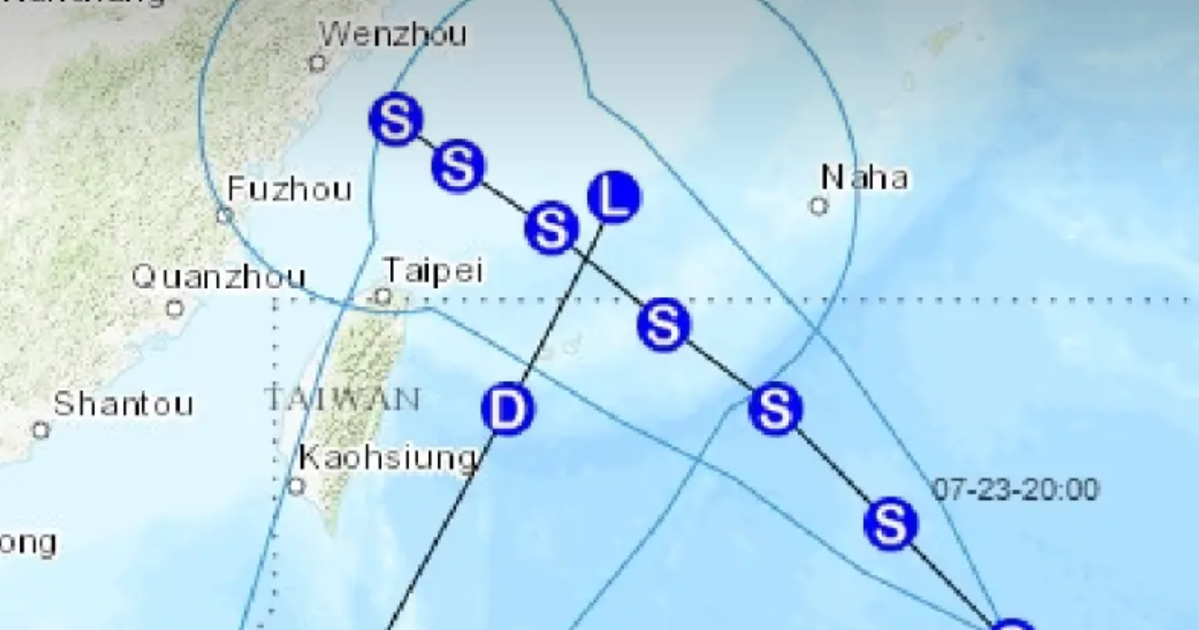July 23, 2025 — Two tropical cyclones currently within the Philippine Area of Responsibility (PAR) are now interacting with each other in what meteorologists refer to as the Fujiwhara effect, according to the Philippine Atmospheric, Geophysical and Astronomical Services Administration (PAGASA).
PAGASA Administrator Nathaniel Servando shared in a radio interview that Tropical Storm Dante and Tropical Depression Emong have come close enough in proximity to influence each other’s paths.
“Given their current distance of around 1,000 kilometers, they are already interacting. Technically, this is the Fujiwhara effect. Dante is stronger and more dominant than Emong, so it’s attracting Emong’s movement,” said Servando.
Because of this interaction, Emong is expected to loop near the western part of the Ilocos Region before shifting direction towards Eastern Taiwan, drawn by the more powerful Dante. This scenario could result in altered weather conditions in both northern Luzon and parts of Taiwan in the coming days.
The Fujiwhara effect is a meteorological phenomenon named after Japanese scientist Dr. Sakuhei Fujiwhara, who first described it in 1921. It occurs when two cyclonic systems come close enough to rotate around a common center. This interaction can lead to a number of outcomes: mutual rotation, one cyclone absorbing the other, or dramatic shifts in their respective paths.
In this case, while both storms remain separate systems, the dominance of Dante is forcing Emong to shift direction, potentially influencing weather over Eastern Taiwan after affecting northern Philippines.
PAGASA continues to monitor the movement of both cyclones closely and advises the public, especially in northern Luzon and areas near the Taiwan Strait, to stay alert for updates, as these unusual interactions may bring heavy rains, gusty winds, and localized flooding in affected regions.



